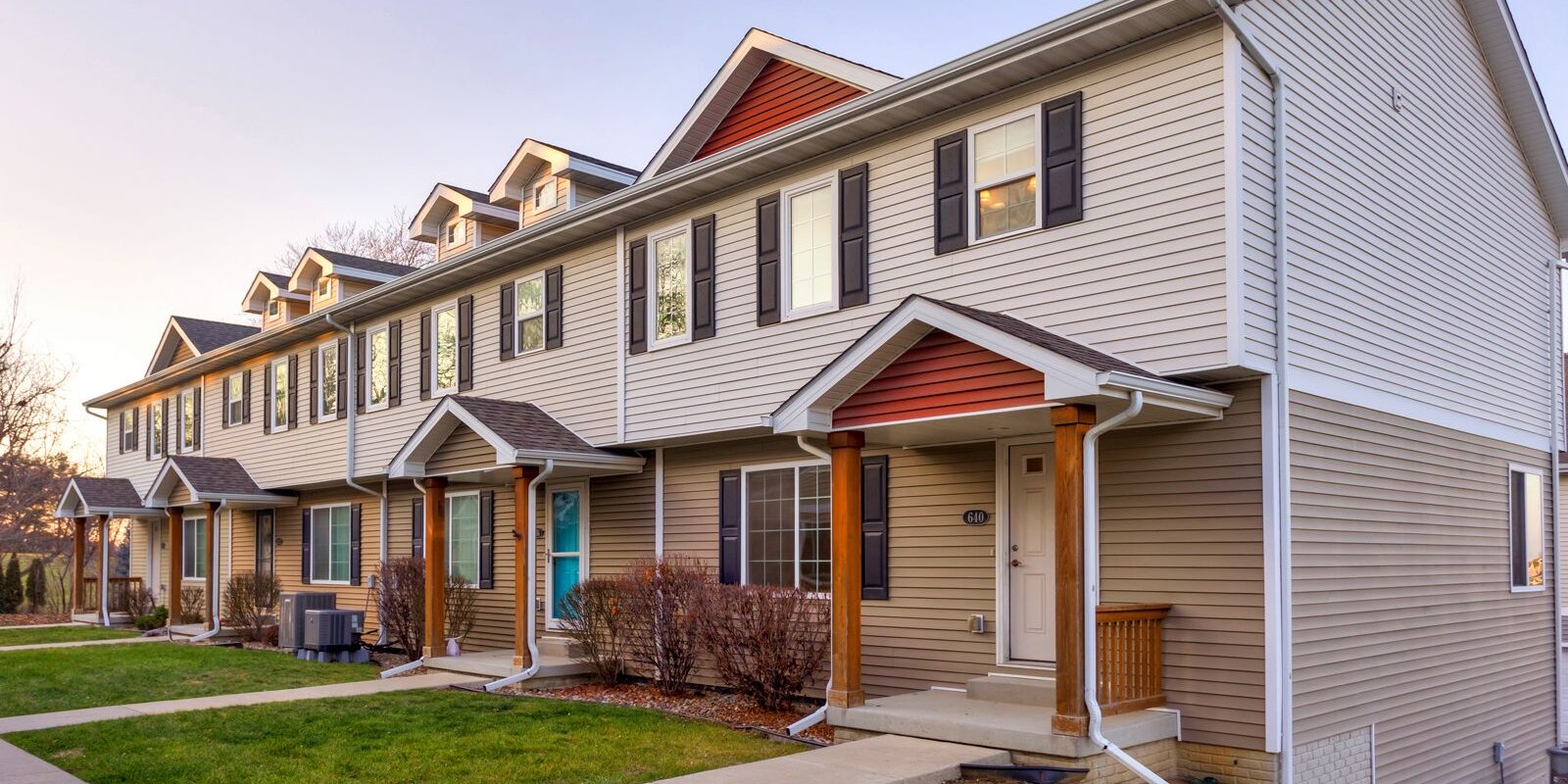When considering a real estate investment, whether for a fix-and-flip project or rental property, accurately estimating repair costs is crucial. Underestimating can lead to budget overruns and reduced profitability, while overestimating may deter potential buyers or tenants. In this blog post, we’ll delve into essential tips and strategies for estimating repairs on a property effectively.
Importance of Accurate Repair Estimates
Accurate repair estimates are essential for several reasons:
- Financial Planning: Helps investors determine total project costs, including purchase price, renovation expenses, and holding costs.
- Investment Decision: Guides decision-making by assessing potential return on investment (ROI) and profitability.
- Negotiation: Provides leverage during negotiations with sellers, contractors, and lenders.
Steps to Estimate Repair Costs
1. Property Assessment
- Initial Inspection: Conduct a thorough walkthrough of the property to assess its overall condition, identifying areas requiring repairs or upgrades.
- Documentation: Take detailed notes, measurements, and photographs to document existing conditions and potential repair needs.
2. Create a Repair Checklist
- Interior Repairs: Evaluate each room for necessary repairs such as flooring, walls, ceilings, doors, windows, plumbing fixtures, and electrical systems.
- Exterior Repairs: Assess the condition of the roof, siding, windows, doors, landscaping, driveway, and any outdoor structures (e.g., decks, fences).
3. Obtain Contractor Bids
- Request Quotes: Contact licensed contractors or specialists (e.g., electricians, plumbers) to provide detailed quotes based on the repair checklist.
- Multiple Bids: Obtain multiple bids to compare costs, timelines, and scope of work. Consider factors like reputation, experience, and references when selecting contractors.
4. Consider Material Costs
- Material Selection: Research and estimate costs for materials needed for repairs and renovations. Consider quality, durability, and aesthetic appeal within budget constraints.
- Bulk Discounts: Explore opportunities for bulk purchasing or contractor discounts to minimize material costs.
5. Factor in Contingencies
- Contingency Fund: Allocate a contingency fund (typically 10-20% of total repair budget) to cover unexpected expenses or scope changes during renovations.
6. Use Estimating Tools and Resources
- Online Tools: Utilize online calculators, software, or mobile apps designed for estimating repair costs in real estate projects.
- Industry Standards: Refer to industry standards and cost guides (e.g., RSMeans, HomeAdvisor) for average repair costs based on location and type of renovation.
Challenges and Tips
- Hidden Issues: Anticipate potential hidden problems (e.g., structural damage, mold) that may not be visible during initial inspections. Factor these into your repair estimates.
- Local Regulations: Familiarize yourself with local building codes, permit requirements, and zoning laws that may impact renovation costs and timelines.
Conclusion
Accurately estimating repair costs is a critical skill for real estate investors to ensure profitability and success in property investments. By conducting thorough property assessments, obtaining multiple contractor bids, considering material costs, budgeting for contingencies, and leveraging estimating tools and resources, investors can make informed decisions and effectively manage renovation projects. Remember, meticulous planning and attention to detail are key to achieving realistic repair estimates and maximizing returns on real estate investments.

